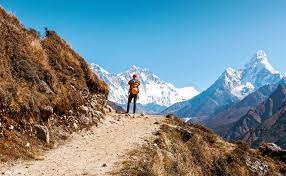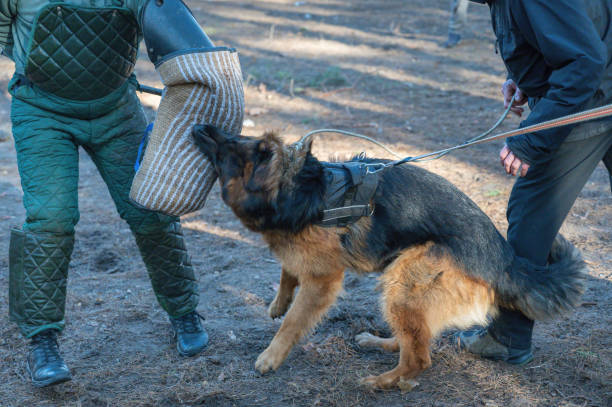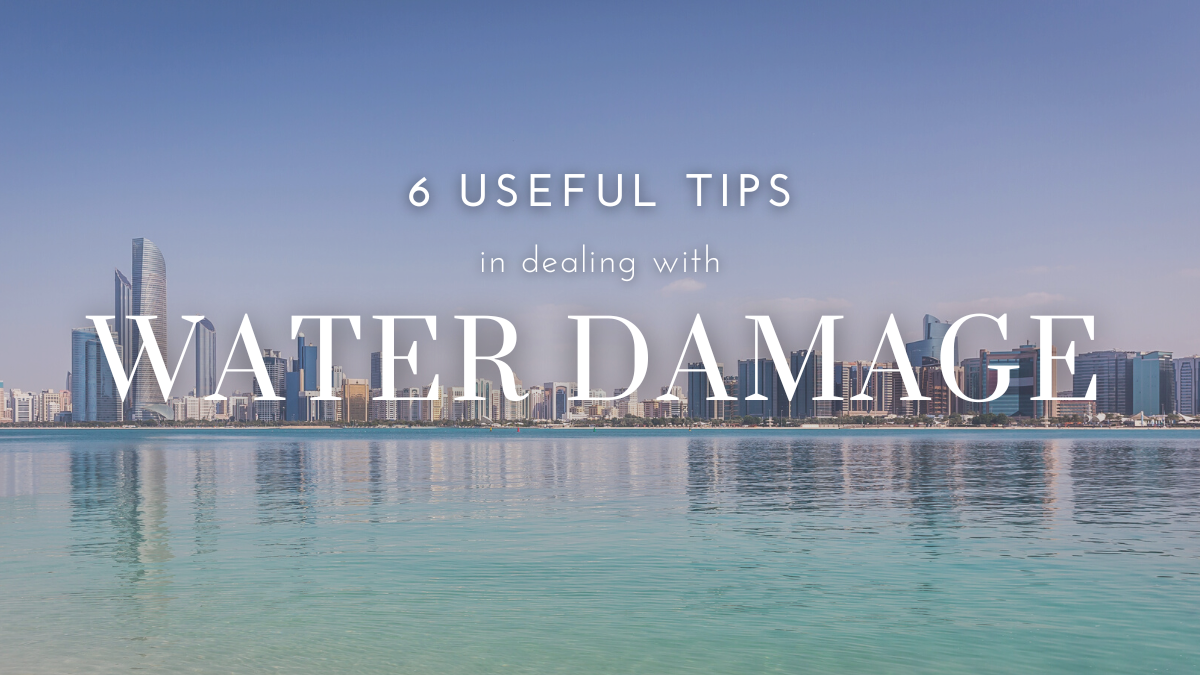Everest three high pass trek has several challenging uphill sections. This trek often includes rock climbing and areas affected by landslides. There are also a few glaciers to cross. These are especially dangerous if you plan to cross them at night because the ice may break.
Altitude sickness
Altitude sickness can be serious, particularly when not treated. It is important to take adequate rests and drink plenty of fluids. However, some people are more susceptible to the effects of altitude sickness than others. If you suspect you are suffering from altitude sickness, it is important to consult a doctor immediately.
Altitude sickness is a condition caused by lower atmospheric pressure and reduced oxygen levels. Most trekkers will experience at least a mild form of the illness, such as headaches and difficulty sleeping. Other symptoms include lethargy and nausea. A descent to a lower altitude is necessary to avoid severe symptoms.
Different people are affected by altitude sickness differently, so it is crucial to follow the acclimatisation schedule carefully. It is also important to know the signs of AMS so you can take appropriate measures to prevent it. Early symptoms of AMS can be misinterpreted as dehydration, over-exertion, or sunburn. Therefore, it is important to stay well hydrated, protect yourself from the sun, and pace yourself carefully.
While altitude sickness can be mild, it can lead to serious problems if you are not careful. In order to prevent severe consequences, you should keep yourself informed about your symptoms and keep your trekking partners informed. If you start experiencing altitude sickness, stop climbing the mountain and take a rest. Take plenty of liquids to keep your body well hydrated. Also, you can take pain relievers such as acetaminophens, which will help you reduce your symptoms. If these medications don’t work, you can try Acetazolamide, which will help you get the relief you need.
The pressure of oxygen in the atmosphere at altitudes above 2500 m decreases rapidly. The pressure in the lungs and brain can cause serious, even fatal symptoms. It is important to take proper precautions and make sure you are trained and accompanied by a qualified, registered guide.
Seasons
The best time to do the Everest Three High Passes Trekking is during the spring season, which falls in the northern hemisphere of Nepal. In this time, temperatures range from 18degC to -12degC, and the chances of snowfall and rain are at their lowest. Spring also marks the beginning of the season, with March being the first month to experience the pleasant weather.
Although autumn is the most popular season for trekking, spring and autumn are also good times to take this adventure. You’ll have the chance to enjoy the crisp, clear air, and unobstructed mountain views. You can also opt for a trip in the middle of the year, when temperatures don’t drop below -5/10°C.
Although the three high passes are a challenge, these treks are still suitable for experienced trekkers. Whether you’re looking to challenge yourself or just relax on a hillside, you’ll find Three High Passes trek in Nepal a challenging and rewarding experience.
Trekking through the Three Passes will take you through some of the most stunning landscapes in the world. Besides the stunning views of the mountain ranges, you’ll also have the opportunity to explore the culture of the Himalayan Sherpa people. Though the Three Passes trek is best done counter-clockwise, you can also do it in the opposite direction if you wish. If you have enough time, you can also extend the trip by visiting the remote Gokyo lakes. A local specialist will be able to create an itinerary specifically for you.
If you’re a high-altitude hiker, you’ll enjoy the Everest Three High Pass Trek in Nepal. This trek will take you through three 5000-metre peaks in three distinct seasons, including Everest Base Camp. The terrain is difficult, with unstable rock and many steep ascents up jagged rocks. The terrain also includes twists and turns across glaciers.
Accommodations
If you are planning an Everest three-pass trek, accommodations are an important part of the trip. These accommodations are located in mountain villages and are maintained by the local Sherpa community. The trek takes you through some of the grandest mountain scenery in the world, including the Sherpa village of Khumjung, the pristine Gokyo lake, and the Everest base camp. Although the trek is not technically difficult, it requires good fitness and previous trekking experience.
You can stay in simple but comfortable tea houses on this trek. While the larger guesthouses have more facilities, they are also more expensive. You can opt for small family-run guesthouses if you want to have a more intimate experience with the locals. You can order food from these establishments and get a warm shower.
When to Go: The ideal season to go on the Everest Three High Passes Trek is during autumn. This season is ideal for trekking in the region because it is cool during the day and has a clear outlook. Autumn is also a great time to visit Khumbu, as it is a festive season. In winter, the weather is harsher, so be prepared for snow.
The Everest Three Pass trek trails are in remote areas in Nepal. You will encounter a lot of mountainous terrain, which means that toilets are not readily available. Public restrooms are not always accessible, so it is important to carry plenty of liquids while hiking. The most common symptom of altitude sickness is a headache, but other symptoms include dizziness, loss of appetite, difficulty walking, and rattling breath.
During the spring season, you can expect some spring rain in the region. Temperatures in this region are generally between 15 to 20 degrees Celsius during the day. At night, temperatures can fall to as low as -8/12 degrees Celsius.
Guides
The best seasons to trek the Everest Three High Passes are spring and autumn. These seasons are generally dry, warm, and have less rain and snow, which is ideal for soaking in the stunning mountain vistas. The winter season is cold, but is also a good time to hike, as the skies are clear.
Although the Three Passes Trek is shorter than the EBC trail, it requires a lot of physical effort. The route is steep and windy, and you will need to carry sufficient water and food to stay hydrated. This trek is best done after lunch. At the first pass, the trek begins with a walk up a moraine, which can be challenging at high altitudes.
The Everest Three Passes Trek is a challenging and often dangerous trek. However, it is possible to complete the trek with a guide. In fact, it is recommended that you hire a guide if you are going alone. The guides will be able to offer the best advice regarding the trek and will accompany you every step of the way.
When planning your trip, you should find out the details about the three high passes trek. There are several different routes, which you can choose according to your level of fitness and the length of your stay. The trek to Everest Base Camp, Namche Bazaar, and the Tengboche Monastery are all must-sees.
To prepare for the Three Passes trek, you should make sure you have proper trekking boots. Other types of shoes will not do, as the terrain is very slippery and uncomfortable. Moreover, you should make sure you have hiking socks to protect your feet from the cold.









